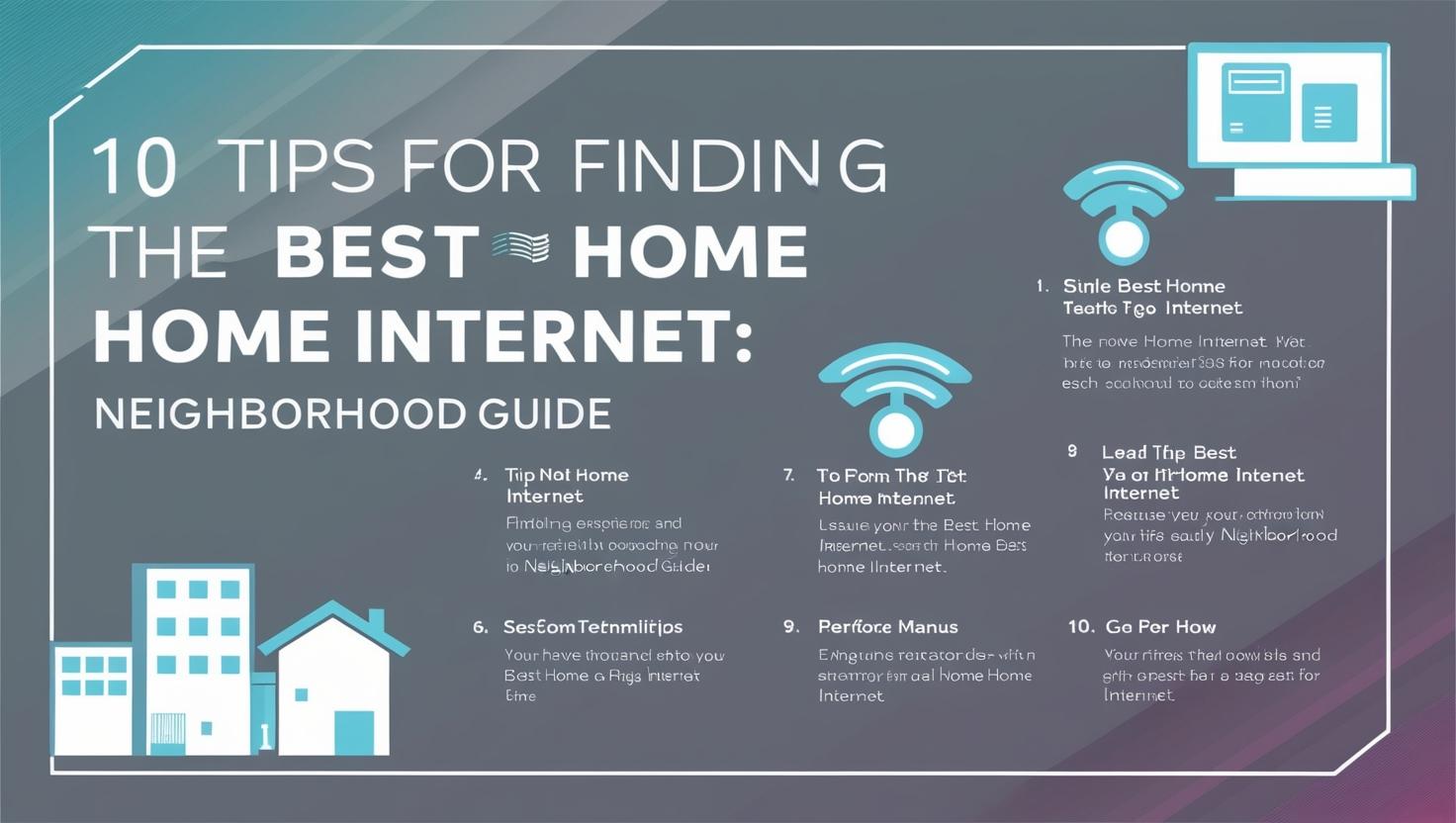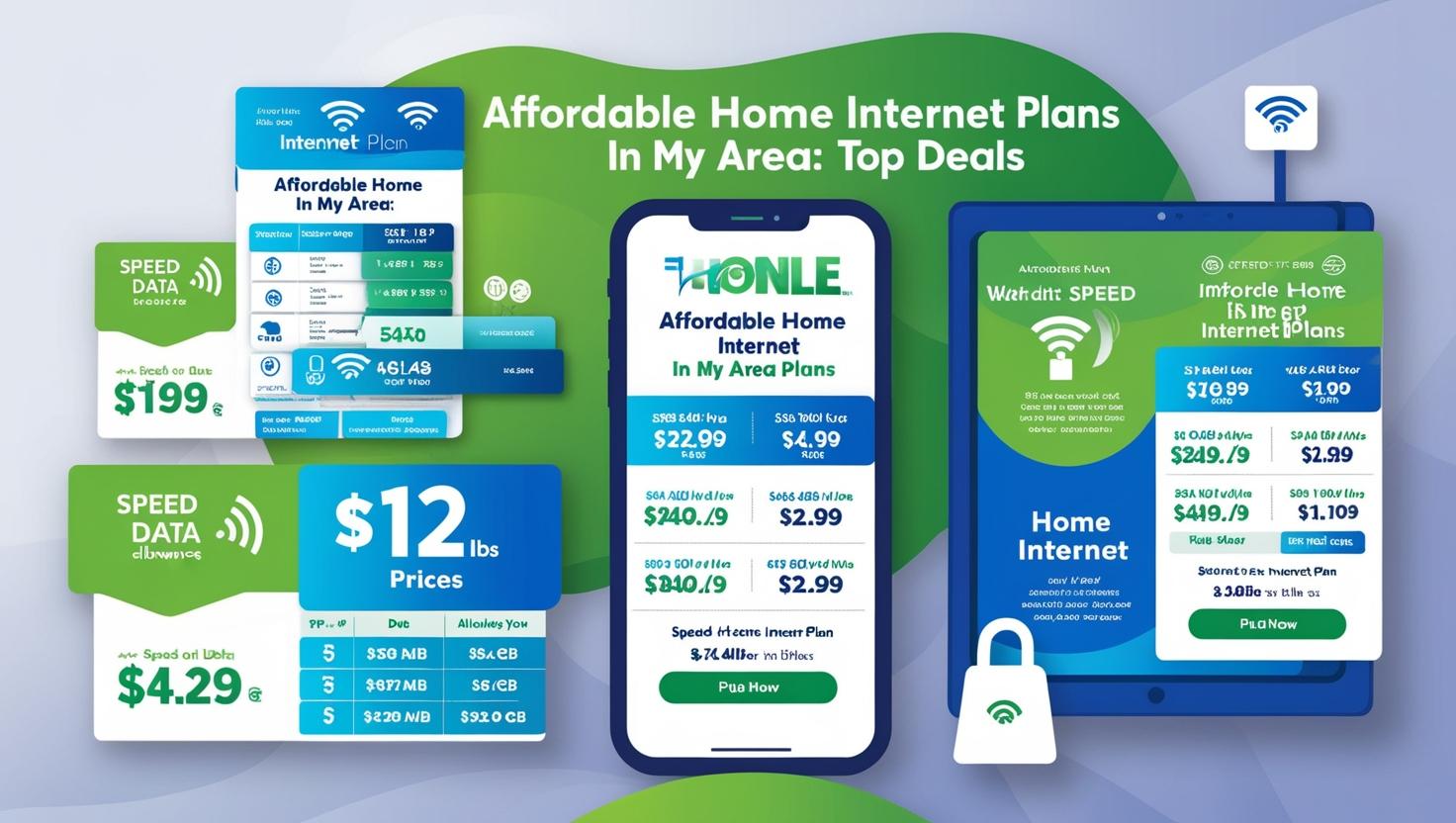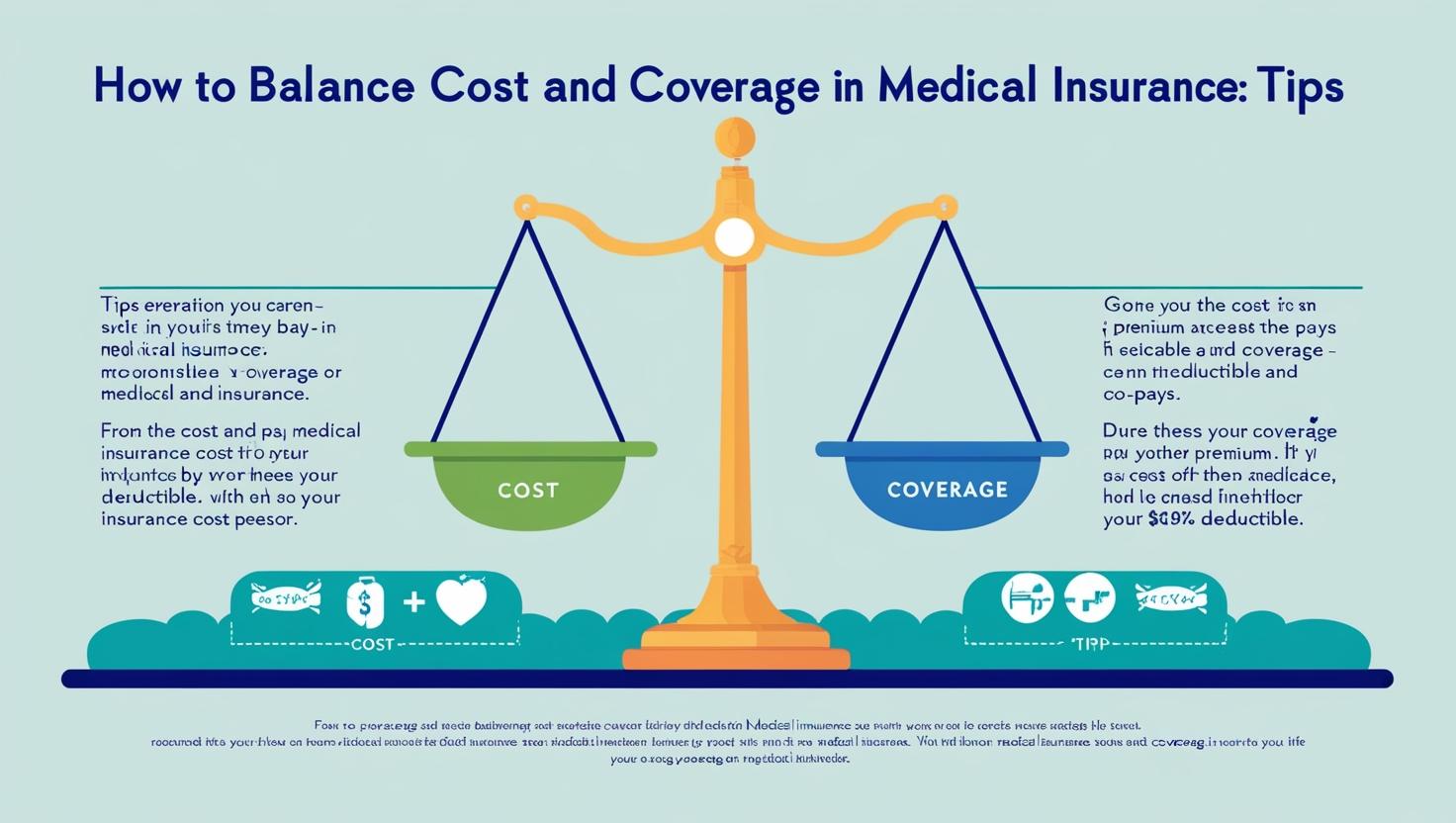New TV Buying Tips
 Shopping for a new tv is usually an overwhelming practical experience. Confusion plagues even probably the most cautious shoppers, and Tv suppliers, retailers, salespeople and a lot of World wide web sources can produce far more uncertainty as they push extra characteristics, new technologies, and add-ons inside the incessant pursuit of profit.
Shopping for a new tv is usually an overwhelming practical experience. Confusion plagues even probably the most cautious shoppers, and Tv suppliers, retailers, salespeople and a lot of World wide web sources can produce far more uncertainty as they push extra characteristics, new technologies, and add-ons inside the incessant pursuit of profit.
Kinds
The first decision you are going to need to have to produce is what variety of tv to get. As lately as a couple of years ago, you could have needed to decide on in between Plasma, LCD, LED, DLP and rear-projection TVs. Nowadays, that decision is actually a small a lot easier, mainly because pretty much all TVs sold will be the similar form: LED-lit LCD TVs, typically known as LED TVs.
LED
Whilst LCD and LED TVs are usually billed as separate technologies, they each produce their picture the exact same way, with a Liquid Crystal Show.
A Liquid Crystal Show is really a thin, translucent panel produced of millions of tiny cells recognized as pixels filled with liquid crystal. Each and every from the pixels can transform in opacity when a charge is applied. Red, blue and green colored filters give each pixel the capability to also generate color. When light passes via the pixels from behind, you get the building blocks of a visible image.
The key distinction between LCD TVs and LED TVs is that LCD TVs utilized fluorescent lamps to supply their backlighting, while LED TVs use, as you might have guessed, LED lamps. LEDs are considerably smaller than fluorescent lamps, so the Television might be created substantially thinner. They also use a bit less energy, so LED TVs are a lot more energy efficient.
But ideal of all LEDs, can execute something that fluorescent backlights could not, a function identified as neighborhood dimming. This is the act of turning off many of the backlights through scenes with higher contrast (i.e. each quite dark places and pretty bright spots in the exact same scene) so the brights might be brighter along with the dark components might be darker. LCD TVs couldn’t turn off any of their backlight, which gave them a reputation for blacks that have been closer to grey, and an all round less-contrasty image. Local dimming provides LED TVs a extra intense image with far better contrast and colour, top to a picture that just looks greater.
After they debuted, LED TVs have been a lot more highly-priced than LCD TVs. Considering the fact that then, the technology in LED TVs has come down in price tag towards the point that you’ll find no longer any positive aspects to applying fluorescent backlights, and today only LED TVs are nonetheless obtainable to buy.
OLED
The other kind of Tv available today may be the OLED Television. OLED (Organic Light Emitting Diode) TVs are equivalent to LED TVs, with one particular main difference. Every single individual pixel is in a position to make light itself, in addition to colour and opacity. This signifies that companies can do away together with the backlights altogether, which add weight and thickness to the Tv, so OLED TVs is usually made just millimeters thick. Moreover, due to the fact brightness is often controlled in the pixel level, OLED TVs have significantly much better brightness, contrast and color saturation than anything available. To place it merely: OLED TVs make the best-looking, most vivid picture of any tv presently accessible. However, they are nevertheless far more high-priced than LED TVs, that is their key drawback.
Size
Whether you’re looking for a basic or high-performance Tv, the biggest factor in your choice will likely be screen size. Consider how several people in your family typically watch at once and where you’re going to place your new set. Then pick the largest screen size that will fit comfortably into that space – and your budget. The sweet spot currently, considering cost, performance as well as the typical living room, is in between 55 and 65 inches.
Screen size also depends on how close you sit for the Tv. Generally, if you can see the individual pixels in the screen, you’re too close. A good rule of thumb is the fact that you should sit at a distance from the Tv that is three times far more than the height of the screen for HD and just 1.5 times the screen height for 4K Ultra HD. In other words, you can sit twice as close to a 4K UHD Television.
If you may have the opportunity, go to a store (and maybe bring your family) and look at the TVs. Even though 4K content is rare, you may will need that higher-resolution technology if you plan to sit close to a incredibly large screen.
The bottom line is you should pick a screen size and resolution appropriate for the distance you will sit from the screen.
Resolution
Resolution describes the sharpness with the Tv image, normally in terms of horizontal lines of pixels. A bargain HD set may support only 720p, which means the set displays 720 lines scanned progressively (or in a single pass). Most HDTVs currently – plus the ones you should consider – support the 1080p HD format, also called Full HD, which has 1,080 lines of resolution. Even in the smallest Television sizes, we recommend avoiding 720p models.
Television makers are rapidly shifting over from HDTVs to Ultra HD sets (also called 4K). These 4K models have four times the amount of pixels as current HDTV screens. The biggest benefit of 4K TVs is the fact that small objects around the screen have far more detail, including sharper text. All round, images appear richer and a lot more lifelike than on an HDTV, but the benefits is usually subtle.
Ultra HD video appears fantastic, if you can find it – you will find no 4K broadcast or cable channels, and there’s only a handful of streaming options obtainable so far (most notably, several programs from Netflix, rentals from Amazon and specialty services such as UltraFlix; Dish Network and DirecTV are rolling out 4K download services). Even though Ultra HD sets can upscale existing HD content, the results could be mixed and do not look as sharp as original 4K programming.
For now, 4K TVs (with 2,160 horizontal lines, or 3840 x 2160 pixels) are best if you want to sit closer to your Tv: You can get twice as close as compared to an HDTV before you see the grid of pixels. But again, you will find extremely couple of movies and shows obtainable within the 4K format, so you will pretty much exclusively be watching upscaled HD content for some time for you to come.
With those provisos, Ultra HD Television models are supplanting conventional HDTVs. Vizio, for example, has only a single HDTV line left in its new 2015 model lineup. And costs are coming down: Vizio’s 65-inch P-Series Ultra HD is just $1,800.
If you are trying to choose, just remember that full HD 1080p is still probably the most common screen resolution today, but 4K is actually a good idea if you want to futureproof your investment.
If you beloved this article and you also would like to be given more info with regards to Best 65 Inch 3D TV nicely visit our web page.






























